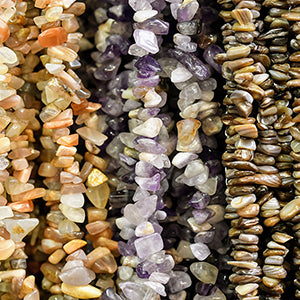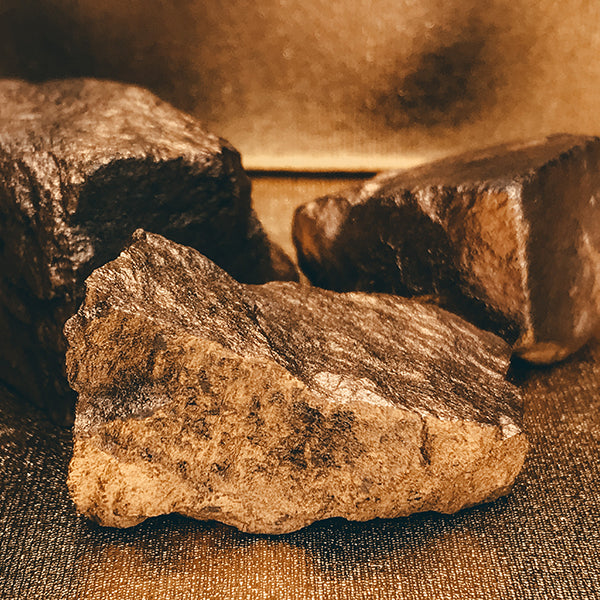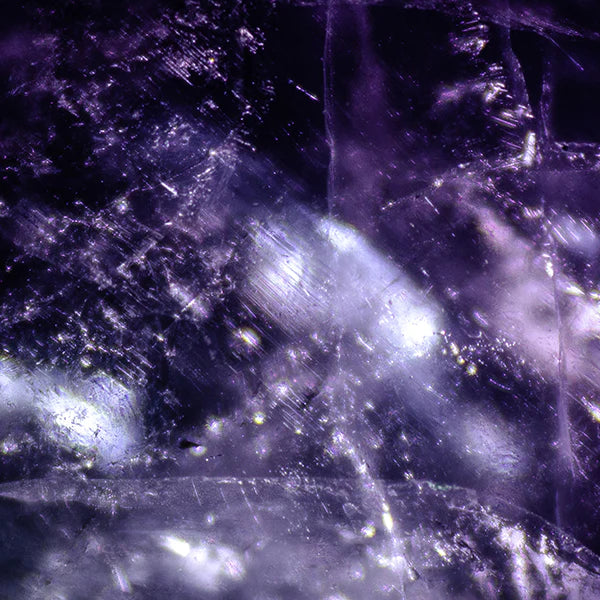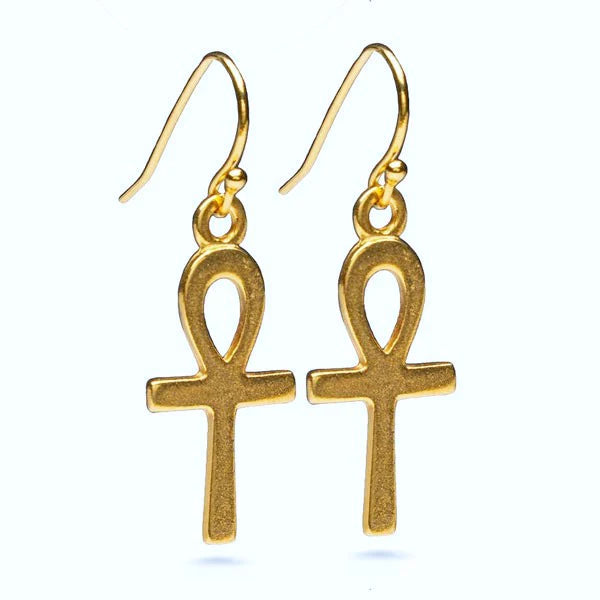
Jewelry has been found in graves dating back to the Cro Magnon period, made of shells, bone, and ivory. Later, precious stones were used for protection and as symbols of power and wealth. The Venus of Willendorf, a 22,000-24,000-year-old statuette, is a famous example of early carving techniques. Amber jewelry was created during the Hunter-stone Age in Denmark, and in China, jade cutting began 4,500 years ago. The Romans valued agate and produced cameos using the different colored layers in the stone.
Jewelry has been found in graves dating back to the Cro Magnon period, around 20,000 years ago, mostly consisting of necklaces made of beach shells, bone, and ivory. The significance of these finds is not well understood. However, it is known that precious stones were later used as symbols of power, wealth, and status, as well as for protection against accidents and dangers.
Carving techniques were already widespread 25,000 years ago, as evidenced by the discovery of carved female figures in the Czech Republic and Austria. One of the most famous is the Venus of Willendorf, a 11.1 cm tall statuette estimated to have been carved between 22,000 and 24,000 years ago. The origins, carving method, and cultural significance of this figure are not well understood.
In Denmark, carved amber jewelry has been found from the Hunter-stone Age (9,000-6,800 BC), specifically from the "Maglemose" culture. One example is an elk head carved from a 6 cm piece of amber with holes for hanging on laces. This period marked the first time that northern Europe was introduced to the crafts of the trappers.
In China, jade cutting began 4,500 years ago, around the same time that Sumerian and Egyptian artisans were creating sophisticated jewelry set with gems like lapis lazuli, carnelian, amethyst, turquoise, and garnet. The Romans valued the agate and produced unparalleled cameos by exploiting the different colored layers in the stone, around the time of the birth of Christ.




